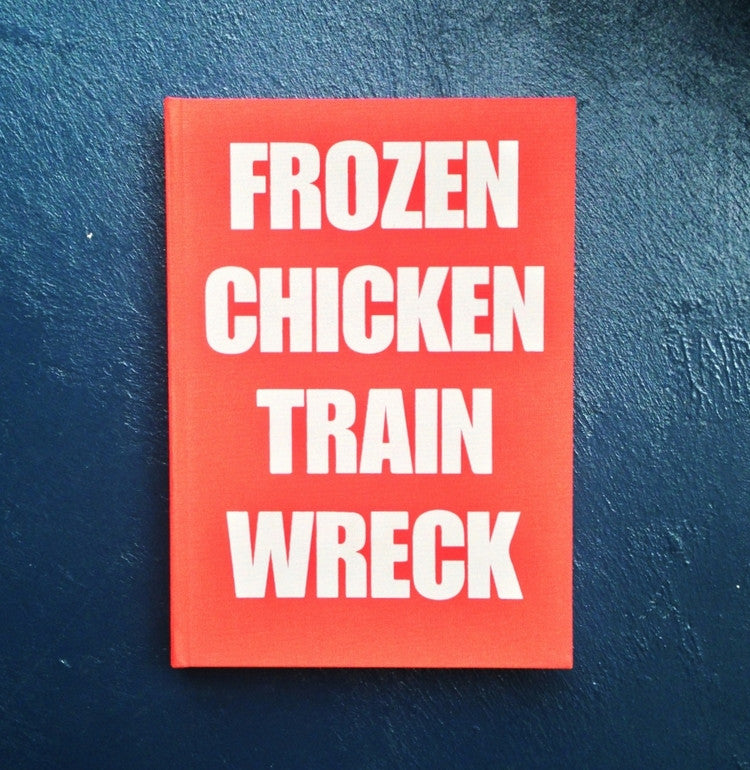After defining all of the relevant design decisions I was in a position to start developing the basic layouts for all of the individual aspects of the outcome.
A range of different compositions will be created and then refined to form the final selection of layouts that will be used when digitally developing the individual outcomes.
LETETR HEAD & INVOICE
As the letterhead and invoice are similar documents I decided to create a single layout that can be used to compose both outcomes. Not only does this decision save time, it also helps to form visual consistency across the range of outcomes.
LOOK BOOK
COVER
INTRODUCTION
PRODUCT PAGES
After developing a range of compositions for the individual project elements I progressed with the brief by refining the initial selection to a choice of final layouts, all of which will be used when digitally developing the various project elements.
LETTERHEAD & INVOICE - A4
LOOKBOOK COVER - A5
LOOKBOOK INTRODUCTION - A4 (Landscape)
LOOKBOOK PRODUCT PAGES - A4 (Landscape)


















































